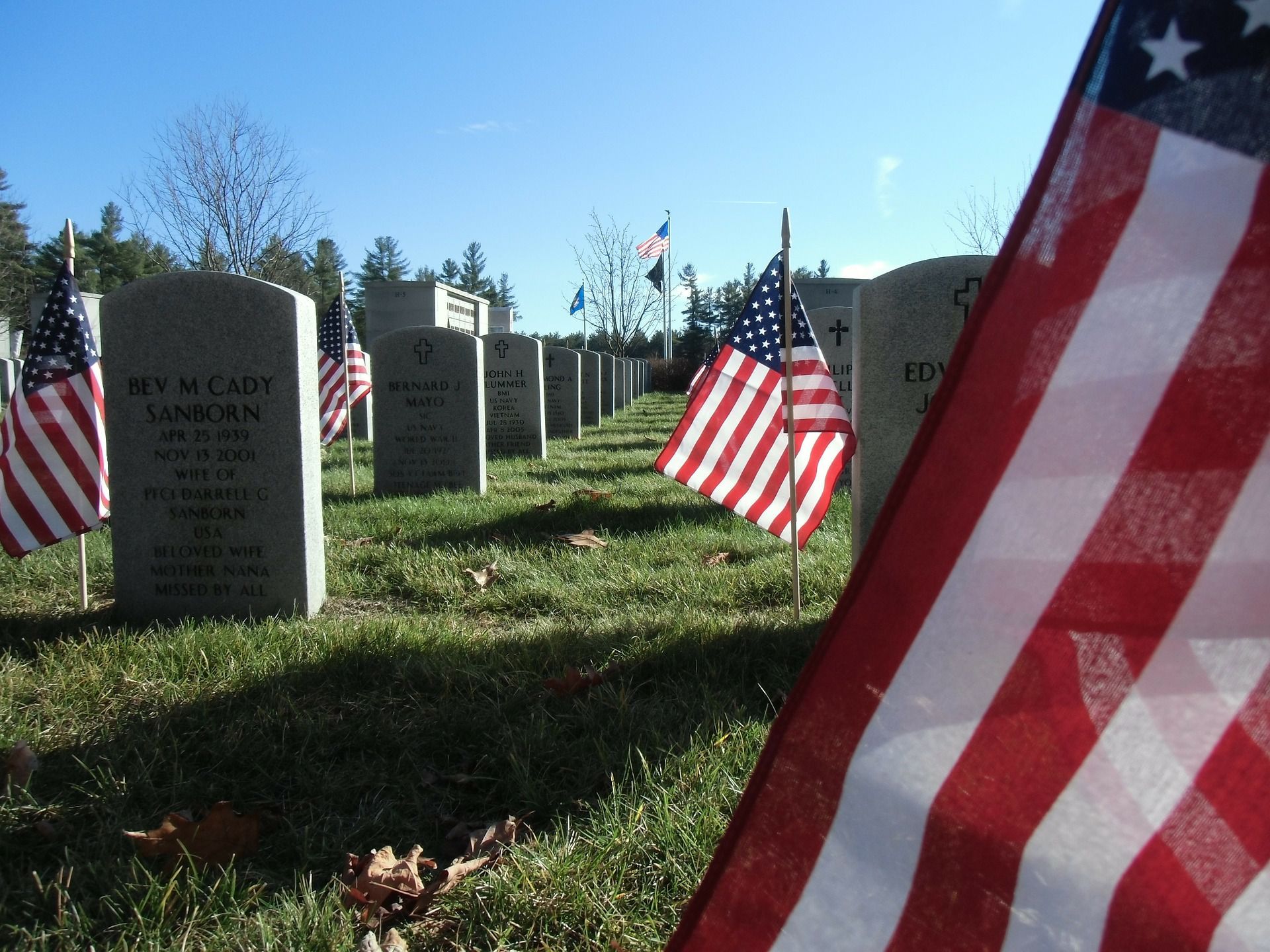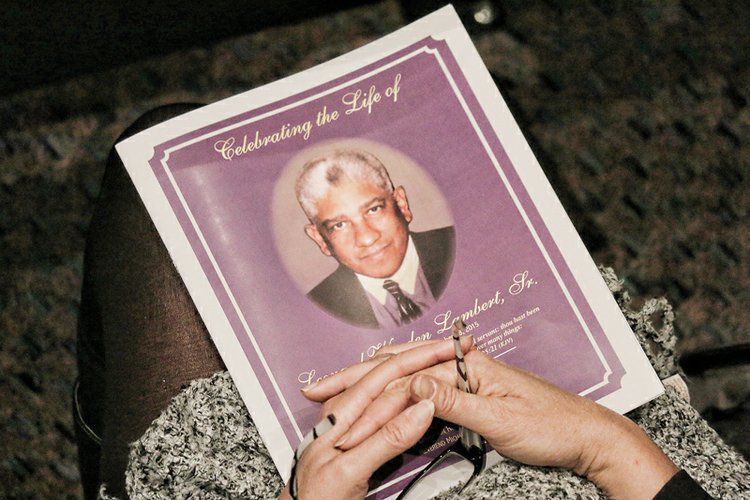


Funerals are an important cultural ceremony and have been for a long time. When a famous person dies, their funeral can be quite a big occasion. With more mourners—and more money—a funeral can become a large, spectacular event.
Here are some of the most extravagant, expensive, and well-attended funerals in the world’s history.
1. ALEXANDER THE GREAT
In 323 B.C., King Alexander the Great of Macedonia died in modern-day Baghdad. In a funeral rumored to have cost as much as $600 million in modern currency, Alexander was transported from Babylon to Macedonia in a gold coffin resting upon a gold carriage pulled by 60 horses.
2. KIM JONG-IL
In 2011, North Korean leader Kim Jong-il died and a 232-person funeral committee, under the leadership of Kim Jong Il’s son, Kim Jong-un, convened to plan a memorial service fit for a king. Jong-il’s $40 million funeral took place on a freezing day in December, when mourners followed the leader’s hearse along a 25-mile procession that took three hours.
3. POPE JOHN PAUL II
Some estimates report that more than four million people attended Pope John Paul II’s funeral in Rome in 1996. The mourners included multiple kings, queens, prime ministers and presidents. The funeral was also broadcast live on television, where it had about 2 billion viewers.=
4. PRINCESS DIANA
Shortly after the Pope’s funeral, Great Britain’s Princess Diana was remembered in a $12-million ceremony watched by about 2.5 billion people. The ceremony in Westminster Abbey had an attendance of just 2,000 people, many of whom were celebrities and politicians.
5. MICHAEL JACKSON
More recently in 2009, pop artist Michael Jackson was recognized in a public memorial service for which tickets were given away lottery-style. Of more than a million people that entered the lottery in its first 24 hours, only 17,500 lucky winners were able to attend the service. Jackson’s $25 million bronze casket was plated with gold and lined with blue velvet and a myriad of celebrities were in attendance, including Mariah Carey and Queen Latifah.
6. ELVIS PRESLEY
Tens of thousands of fans traveled to Memphis, TN, for the funeral of one of the most recognizable and well-loved musicians in history: Elvis Presley. Of the nearly 80,000 people who descended upon Elvis’s Graceland home to see his body, only about 2,000 were able to view him and only 200 close friends and family attended the funeral service.
7. CN ANNADURAI
In 1969, the funeral of CN Annadurai took the Guinness World Record for highest funeral attendance, a record it still holds. Annadurai was a chief minister in the Tamil Nadu region of India. Around 15 million people gathered in the region’s capital of Chennai to follow the funeral procession.
8. GAMAL ABDEL NASSER
In late 1970, five million Egyptians gathered to mourn the death of their president, Gamal Abdel Nasser. Nasser’s funeral procession traveled over 6 miles through the country’s capital of Cairo. The funeral included a jet flyover and a 6-horse gun carriage, and heads of state from all over the Arab world were in attendance.
9. BABE RUTH
Baseball legend Babe Ruth died in 1948 at the young age of 53. A public wake was held for him at Yankee Stadium. Over 100,000 fans lined up in the streets of New York to walk past his coffin and pay their respects.


